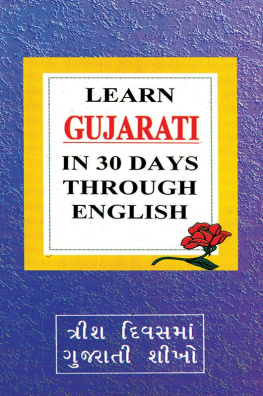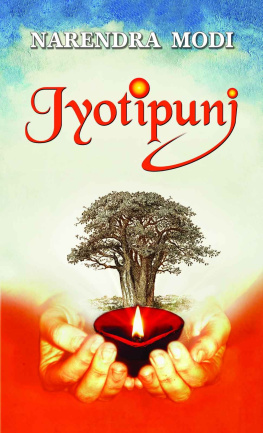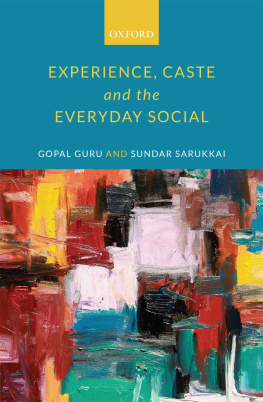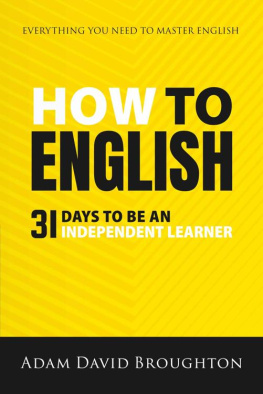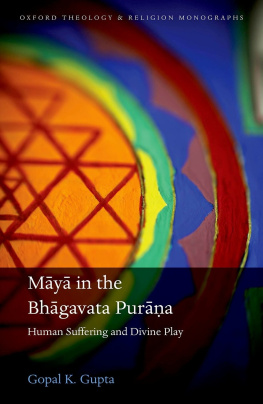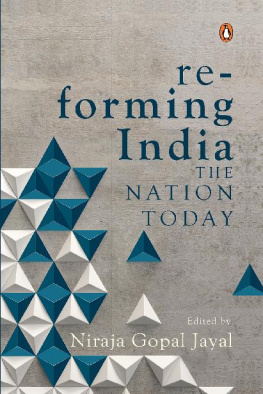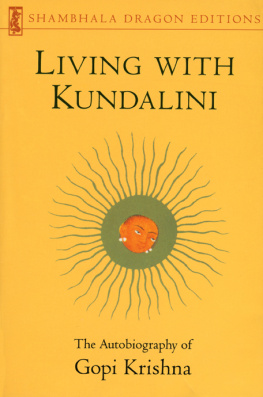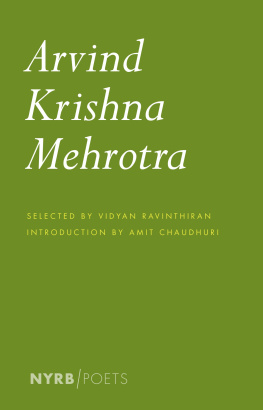We are glad to announce that with a view to strengthening the unity of our country, we shall be publishing the book-series LEARN THE NATIONAL LANGUAGES to enable people of this country to learn any Indian language other than his mother tongue, through the medium of English.
Each book of the series will be divided in five parts. The first two parts will cover the basic knowledge about the language concerned and the rest will be devoted to conversational aspects and practical application of the language.
The books will be prepared under the able guidance of the well-known author and editor of several books. Format and scheme of all books will be the same as that of this book and each book will be prepared in close consultation with the topmost linguists of the language concerned.
We hope, this series will bring together the people of various parts of our country promoting mutual understanding in fostering national unity. We hereby present the book Diamond Gujarati Learning And Speaking Course.
Foreword
THE greatest sensation of life is to learn a language. One has to closely watch a child going through this experience, to be convinced of this. Every time he learn a new word or construction from mother, father or other relatives, his heart is filled with wonder, excitement, thrill and creative urge and he toys with its various forms and tones bringing into play all the creative forces within him.
To learn a new language is to re-enter this wonderful experience of life, opening infinite opportunilities for creative action. Beside, in a fast expanding world transcending all barriers of colour, caste, religion and language, a new language is an essential tool of life.
The book primarily attempts to introduce those whose mother tongue is not Gujarati, to learning of Gujarati by the most natural and the simplest method. It adopts the scientific approach, introducing alphabet, words sentences in that order and application of these in the most common situations of daily life. Situational sentences and conversational sentences selected for the book, reflect the maximum possible commonness of Indian languages and Indian culture. The purpose is that the learner during the process of learning should be sufficiently equipped to converse and transact with a very vast section of Gujarati speaking people throughout India and abroad.
Since Gujarati is the principal link language of the greatest democracy of the world, acquaintance with this not only enables one to establish a direct communication with millions of people, thereby promoting his career prospects and business interests, but also gives him the spiritual satisfaction of belonging to a vast family.
The book can also be helpful to foreigners who are on visit to India as tourists, scholars, diplomats and businessmen as it would enable them to move about in different parts of the country transcending the language barriers.
We hope the book will serve the purpose. It will be popular among the youngsters as well as serious language learner. We are greateful to Sh. Narendra Kumar, Director of Diamond Pocket Books, who has wisely taken special initiative to bring out this very useful series. We also express our gratitude to the persons concerned with proof-reading, printing and production of the book.
Krishna Gopal Vikal
Amitabh Dhingra
[PART 1 STEPS 1 TO 10]
1ST STEP
WELCOME YOU ALL
This book is in your hands.
It shows that you intend to learn Gujarati. It is a matter of pleasure to us. It is a language which has vast and rich literature.
We welcome you all for your praiseworthy enthusiasm and fully assure you for the success. You will move on continually-step by step until you reach your destination. Let us Start our journey.
Sentences of Greetings in Conversation
In Gujarati, there are no separate clause for timely salutations as in English, e.g. 'Good morning', 'Good evening', 'Good night', etc. We say every time we meet (Namaste), etc. The people of different religions and faiths alternatively use their own wordings also, e.g. ! ! etc.
| While meeting |
| Good morning, Sir! | , ! | Namaste, Mahoday! |
| Good morning, | , ! | Namaste, Mahodaya! |
| Good afternoon, my friend! |
! | Namaste, mitra! |
Good afternoon,
my brother! | , ! | Namaste, bhai! |
| Good evening, boss! | , ! | Namaste, mahoday! |
Good evening,
my comrade! | ! | Namaste, Sathidar! |
Good nighy, my
sister! | , ! | Suhubh ratri, bahen! |
| While departing |
| Good bye, my child! | , ! | Viday, Mara Beta! |
| Bye bye! | ! | Saru Viday! |
| Ta-ta! | ! | Viday! |
| Good bye! | ! ! | Viday! Aavjo! |
| Good wishes |
| Happy Diwali! | ! | Subh Dipawali! |
| Happy Id! | ! | Id mubarak! |
| Happy; Guru parval | Subh Guru Parva |
| Happy X-max! | ! | Krismas ni Vadhai! |
REMARKABLE
In Gujarati, all Indians can say (namaste) in-salutations. To show his absolute faith in his religion and creed etc. a Muslim will say (salam alekum), a Sikh (Sat shree akal), a Nationalist (Jay Hind) & a Humanist (Jai Jagat).
2ND STEP
ALPHABET
Gujarati alphabet consists of vowels and consonants which are 11 and 35 respectively.
Here we are going to deal with vovels.
VOWELS
Recognise and pronounce
1. In Gujarati, there are two classes of vowels:
(i) Short (hfasva ) and (ii) long (Sandhi vowel)
(i) Short vowel
(ii) Long vowels
2. Short vowels are to be pronounced short, and long vowels, long.
| Letter | Pronunciation | Remarks |
| (short) a | sounds like short 'a' as in sub. |
| (long) a | sounds like short 'a' as in far. |
| (short) i | sounds like short 'i' as in is. |
| (long) i | sounds like short 'i' as in meet. |
| (short) u | sounds like short 'u' as in put. |
| (long) u | sounds like short 'u' as in wool. |
| (short) ri | sounds like short 'ri' as in rib. |
| (long) e | sounds like short 'e' as in say. |
| (dipthong) ai | sounds like short 'ai' as in ass. |
| (long) o | sounds like short 'o' as in role. |

